|
7/3/2024 BMP Maintenance – It Never Stops! A Shout-Out to EGTS Lebanon Compressor Station for a Job Well-DoneRead NowIn an episode of Seinfeld, Newman is quoted as saying “The mail, it never stops Jerry!” The same can be said for maintenance of soil erosion control measures (SECMs) on construction sites; it is a never-ending battle, and it never stops! Your project should have a stormwater team established to ensure that all SECMs are inspected once every 7 calendar days and after every > 0.5-inch rain event per 24-hour period by the end of the next calendar day (per Ohio EPA Construction General Permit requirements). The stormwater and resulting sediment-laden runoff, never stop. So that’s why it’s important that we remain vigilant and maintain the SECMs until the site is stabilized with grass. Warren County SWCD conducts monthly site inspections to help your crew identify failing or missing BMPs to help you stay compliant with the Construction General Permit. When we encounter a project that has done a great job on installation and maintenance of the SECMs, we like to highlight it in our Development Digest for a job well done. This month, we call attention to the Eastern Gas Transmission and Storage, Inc. (EGTS) Lebanon Compressor Station HP project in Clearcreek Township. EGTS boasts a robust environmental compliance division as well as an on-site stormwater team that has been great to work with. The stormwater team has followed the Stormwater Pollution Prevention Plan (SWPPP) to make sure the SECMs are properly installed and maintained. Not only does the site exemplify superb examples of proper SECM installation, maintenance, and an inspection routine, but they also place an emphasis on employee safety. The focus on safety really demonstrates how it’s not just about protecting the environment, but also the people that work together to achieve a common goal. The site is not without its challenges however, with a wetland conveniently nestled between construction areas. The stormwater team has highlighted the importance of protecting the wetland to prevent sediment from filling it in. Most of Ohio’s wetlands have been lost since the days when Ohio was a frontier state. EGTS understands the importance of protecting the ones we still have left. But don’t take my word for it! Hear it from the pros at EGTS: "Eastern Gas Transmission and Storage, Inc. (EGTS) believes responsible environmental management is good business and good for the community, benefiting both customers and its neighbors. EGTS lives by an environmental respect policy using principles that guide its corporate commitment to the environment from the beginning to the end of each day. In closing, we at Warren County SWCD understand that development does not come without risks to the environment, that’s why it’s important that development happens in an environmentally conscious way. So, well done EGTS. May all other construction sites follow your lead!
Questions about BMPs? Call Warren Co SWCD offices at (513) 695-1337
0 Comments
Fast moving water can cause a LOT of damage! Many problems can arise from water flowing at a high velocity. This is especially the case when talking about a high flow rate in concentrated areas such as ditches or swales. Erosion is an issue that can result from the high velocities that may occur in ditches or swales, and so it is important to find ways to mitigate the erosion in the best way possible. Check dams are a great option that can be installed in ditches and swales to decrease the water velocity and in some cases keep sediment from washing downstream.
Check dams are constructed structures built up as a wall in a flow path that serves the purpose of slowing down water velocity. Many check dams consist of 4–8-inch stone and are no higher than 3 feet tall and are constructed along the width of the swale/ditch. Check dams can also be constructed of material such as compost filter sock. As mentioned above, check dams can also serve the purpose of keeping sediment from washing downstream. However, not all types of check dams are good for sediment control. Rock check dams are an effective way to slow down velocity and prevent erosion, however, rock is not an effective method to keep sediment from washing away due to the pore space in the material that sediment can wash right through. Filter socks are designed to keep sediment from washing downstream, and so if the goal is to slow the velocity of the water AND keep sediment in, then a filter sock check dam might be the best option. Maintenance Considerations:
For more information on the design criteria and specifications about check dams, please visit the OEPA Rainwater and Land Development Manual chapter 5.1. For regulations regarding construction and earth disturbance in Ohio please see the OEPA NPDES Construction General Permit. Let’s face it- construction sites can get seriously messy! This month we look at how a designated concrete washout area helps keep your worksite clean and safe while protecting our local waterways from pollution. Concrete washout, also called wash water or slurry, is the waste material created from cleaning out a pump truck, mixer, or anything else that was used to pour concrete. Getting rid of washout is trickier than most construction wastes because it cannot go into a dumpster as-is. Instead, a designated concrete washout area should be provided before cement pouring activities begin so there is no potential for discharge into a stream, ditch, storm drain, or any other water conveyance. After the slurry hardens, it can be disposed of or recycled into aggregate. There are multiple ways to provide a washout area, but the main goal is to have a waterproof pit or container that is easy to locate, use, and maintain. When possible, the area should be at least 50 feet away from storm drains, swales, and waterbodies. Signage and offering more than one washout area are highly recommended for larger developments. (Pictured above are some concrete washout areas seen while conducting our routine monthly inspections.) How does a concrete washout area promote workplace safety?
Concrete washout is a caustic and corrosive waste material with a pH of around 12. If an employee is exposed to washout, they can suffer serious skin irritation, chemical burns, and eye damage. Additionally, concrete washout contains toxic metals like Chromium, Nickel, Vanadium, and Zinc. Exposure in large amounts to these metals can cause long-term damage to the brain, lungs, kidneys, liver, and other important organs. Keeping waste contained to one or two designated areas will help minimize exposures and promote workplace safety. What kind of maintenance does a concrete washout area require?
Note: Washout waste is also created when using mortar, plaster, stucco, and grout and should also be disposed of properly. Additional Resources US EPA Concrete Washout Fact Sheet OSHA Concrete Hazards OEPA Rainwater and Land Development Manual Ohio EPA NPDES General Construction Permit (OHC000006) BMP Blasts are issued every three months to highlight a sediment and erosion control best management practice. These blasts are designed to provide helpful insight and tips for properly designing, installing, using, and maintaining the control measure. Where and why is inlet protection required? Inlet protection is required on any storm drain at risk of receiving construction site run off. That said, there are limitations to the power of inlet protection. These controls are only designed to manage sediment from a drainage area of one acre or less. If greater than 1 acre of land is draining to one inlet, additional practices such as sediment traps or basins may be required. You may be thinking, “but, I have silt fence and a basin with a skimmer already!” Unfortunately, no one practice is 100% effective when it comes to sediment removal; they each have different strengths and weaknesses. For example, inlet protection has a limited ability to remove silts and clays but can effectively capture larger sand-size particles. The combined effect of each BMP helps to provide maximum sediment removal from storm flows prior to off-site discharge. In other words- perimeter controls, inlet protection, and a basin with a skimmer are likely all required (depending on the site and area of disturbance). Should I have inlet protection listed on my SWPPP? Yes! Inlet protection must be shown on the stormwater pollution prevention plan. While most contractors are familiar with the need for inlet protection, it is important that this is noted on plans to ensure any operator on-site is aware of the requirements and a proper maintenance schedule can be in place. The plan will also show the location all of these “at-risk” inlets so that protection gets installed on all drains and inspectors on-site can identify the location of these areas. Furthermore, it is important to show where these practices will be located in the plan review process to ensure that the drainage area is sized appropriately for the practice. There are certain considerations for placement as well. For example, practices that operate by blocking water from entering storm drains almost completely prevents sediment-laden discharges to entering the conveyance system, but they often result in ponding water. This ponding may be important to consider if these practices will be used on roadways that could flood during heavy rainfall. Are there different types of inlet protection? There are various methods of inlet protection specified in Chapter 6 of the Ohio Rainwater and Land Development Manual. Each method utilizes a combination of stone, wire mesh, and/or geotextile to filter sediment. Alternatively, pre-manufactured inlet protection devices may be used (and reused for the lifetime of the product). What kind of maintenance do inlet filters require?
Additional Resources OEPA Rainwater and Land Development Manual United States EPA Storm Drain Inlet Protection Fact Sheet Ohio EPA NPDES General Construction Permit (OHC000006) Sediment and erosion control maintenance needs are inevitable on construction sites. With the nature of construction activity and rainfall events, it is nearly impossible for controls to stay in perfect condition throughout the entire process. However, the more that your team stays on top of maintenance needs and acts proactively, the better the chances are to keep controls functioning and keep your site in compliance. General BMP Inspection Tips: The best way to stay on top of maintenance needs is to conduct routine inspections according to the guidance provided in the Rainwater and Land Development manual. Controls should be inspected daily for general condition and effectiveness. They should also be inspected after each rainfall event and during a prolonged rainfall. If controls aren’t being inspected on a regular basis, it is easy for small maintenance needs to compound and become larger issues over time. Below are 7 common BMP maintenance needs our urban inspectors see out on site and some tips for staying on top:
Fix Tips: If silt fence is downed, it may be able to be retrenched and wrapped around the stakes again. Ensure silt fence is properly trenched and pulled taught. If the geotextile material has been damaged, it will need replaced entirely. 2. Inlet Protection or Curb Stop Damaged Fix Tips: If using a basket or dam style inlet protection, ensure that capture device is secured underneath grate to prevent getting pulled into catch basin or swept into roadway. For curb inlets, ensure that curb stops are installed along rear of the grate to ensure that water cannot enter through the sides or top of the inlet. 3. Compost Filter Socks Flattened / Moved Fix Tips: Replace socks that have been torn or damaged beyond repair. If socks have just become flattened, refill with compost material until they are returned to the appropriate diameter. Encourage your team to use established construction entrances to prevent running over the socks. If the socks are moved for utility or other work on the lot, ensure that they are replaced in the appropriate location as soon as feasible. 4. Sediment Build Up in Street Fix Tips: Sweep the streets any time you notice a significant amount of tracking occurring. Establish a routine street sweeping schedule to prevent heavy accumulation on roadway. Ensure other practices (such as silt fence or filter socks, proper construction entrances) are in place and functioning to help stop sediment tracking in the first place. 5. Compost Filter Berms Blown Out Fix Tips: If you notice sediment is overtopping the berms, the sediment may need to be dug out away from the berm area. It’s best practice to keep the sediment deposit level below ½ of the height of mulch berms or silt fence. If a heavy rainfall knocks down a portion of the berm, make sure that berms are built back up to meet the specifications outlined in the RWLD manual. 6. Maintain Construction Entrance Fix Tips: ODOT 1/2s should be used for construction entrances. Smaller gravel tends to get swept into the roadway with sediment. If the incorrect aggregate is used, this will need to be revised to prevent off site tracking. If a construction entrance is regularly used, the aggregate may need to be replaced to provide ample area to kick sediment off wheels. 7. Concrete Washout Area Full / Needs Cleaned Up Fix Tips: Concrete washout pits should be emptied on a regular basis to prevent overflowing. If pits are dug out in the ground, they should be lined with a tarp to prevent leaching into bare soils. If the liner gets damaged or rolled up, it needs to be readjusted or replaced. The pit should have four walls around (typically lined straw bales). If the walls of the pit are compromised, they need to be rebuilt or replaced. BMP Spotlight Example from the Field: |
Details
Urban team BLOGEvery month, the Warren Co SWCD Urban Team dives deep into the world of land development as it relates to stormwater pollution prevention. The blog covers topics like erosion & sediment control best management practices (BMPs), state and local regulations, retention/detention basins, and the conservation of our natural resources. Stay up to date with Development Digest by signing up for WCSWCD Urban eNews!
Categories
All
Archives
July 2024
|
|
|
Contact:PHONE: (513) 695 - 1337
EMAIL: [email protected] HOURS: Monday - Friday 7:30am - 4:00pm (except holidays) Connect:Warren County Soil & Water Conservation District Copyright © 2016
Warren SWCD Privacy Notice. Emails are serviced by Constant Contact. Constant Contact's Privacy Notice. |





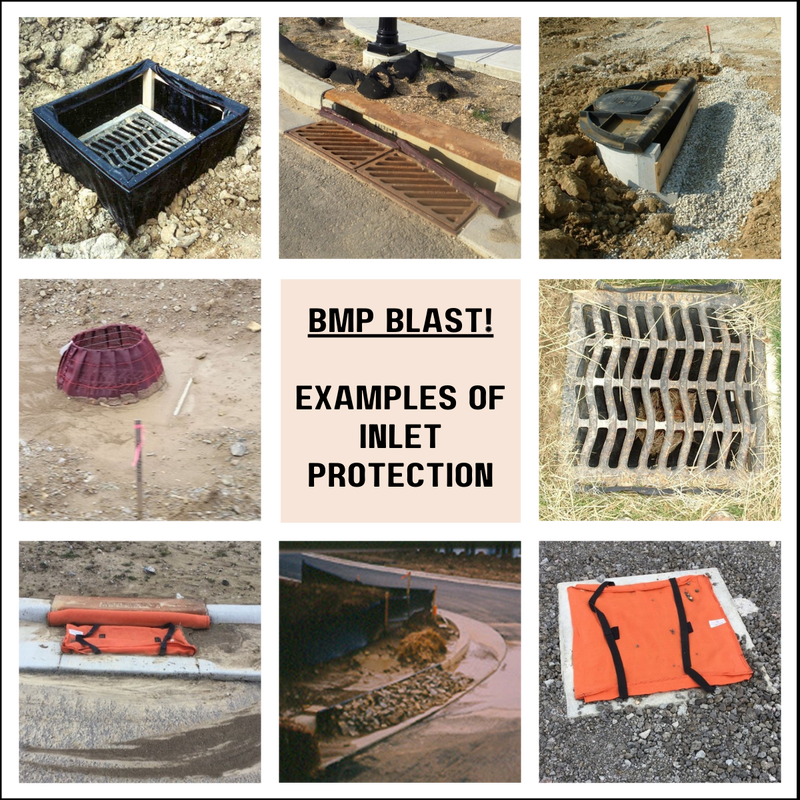
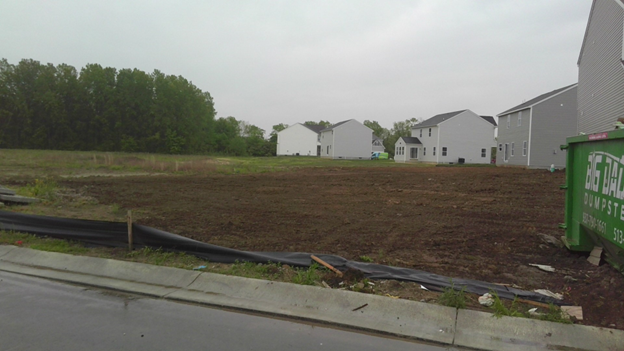

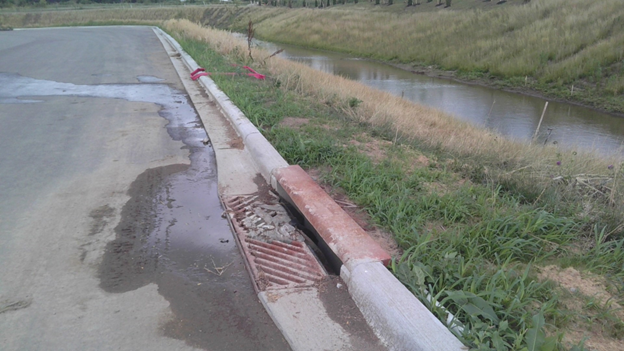






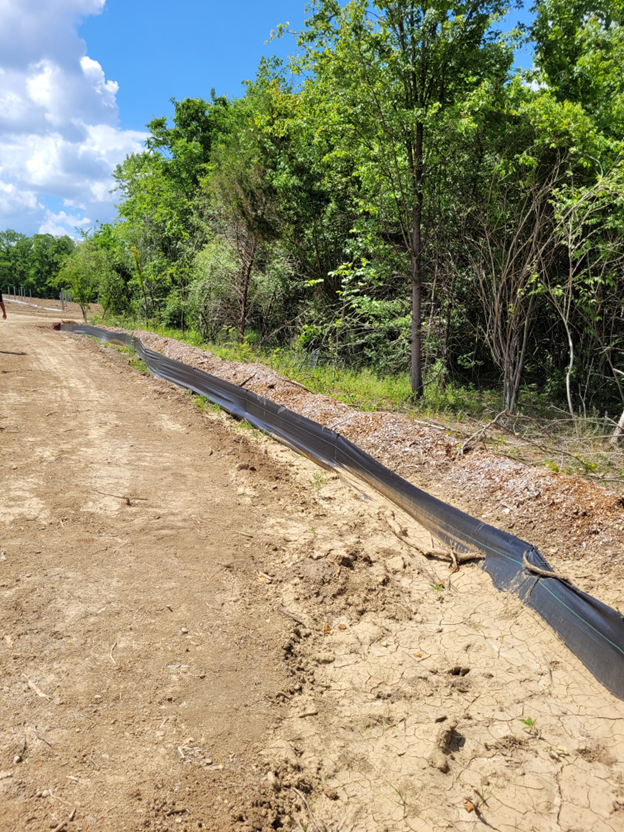
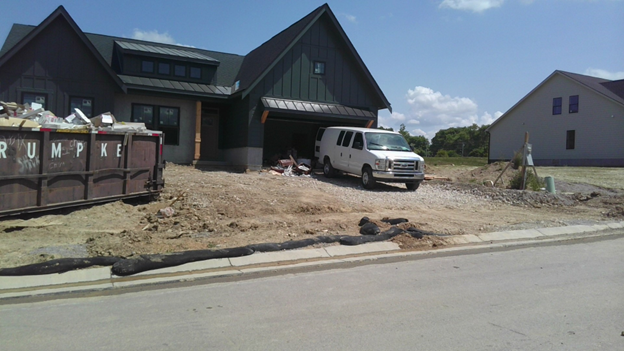
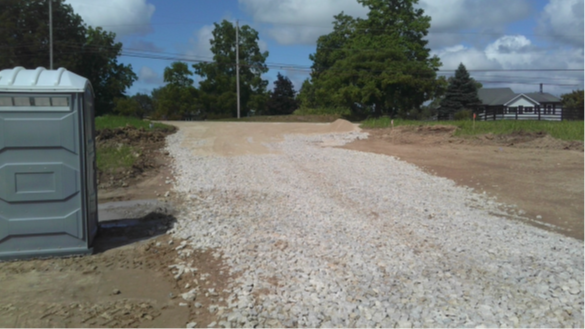
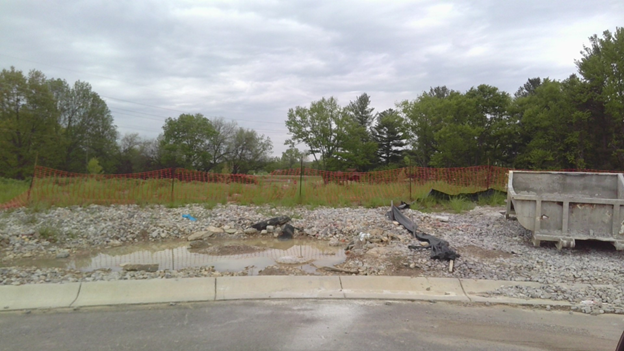

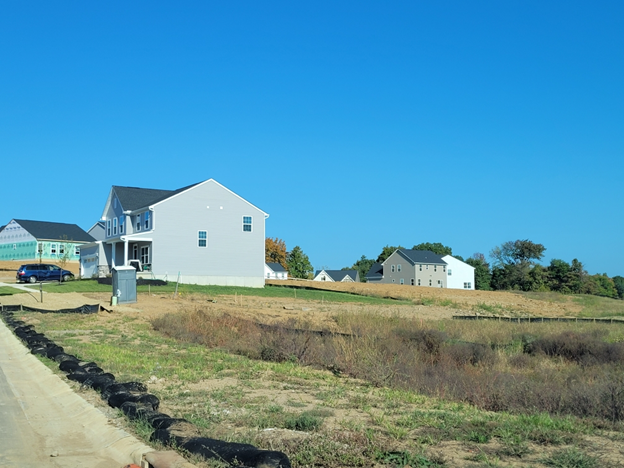
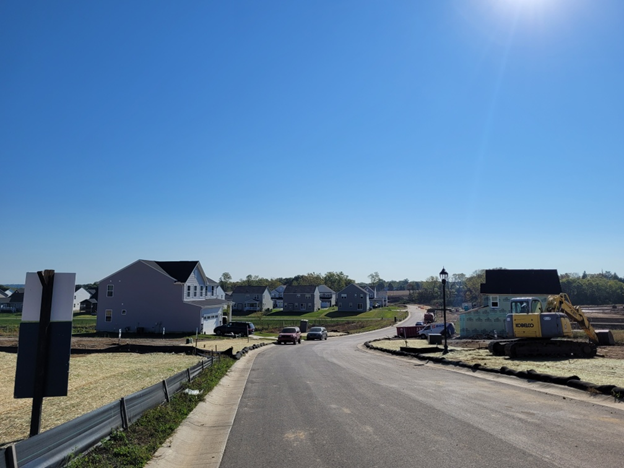
 RSS Feed
RSS Feed
